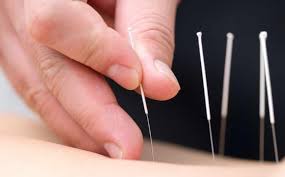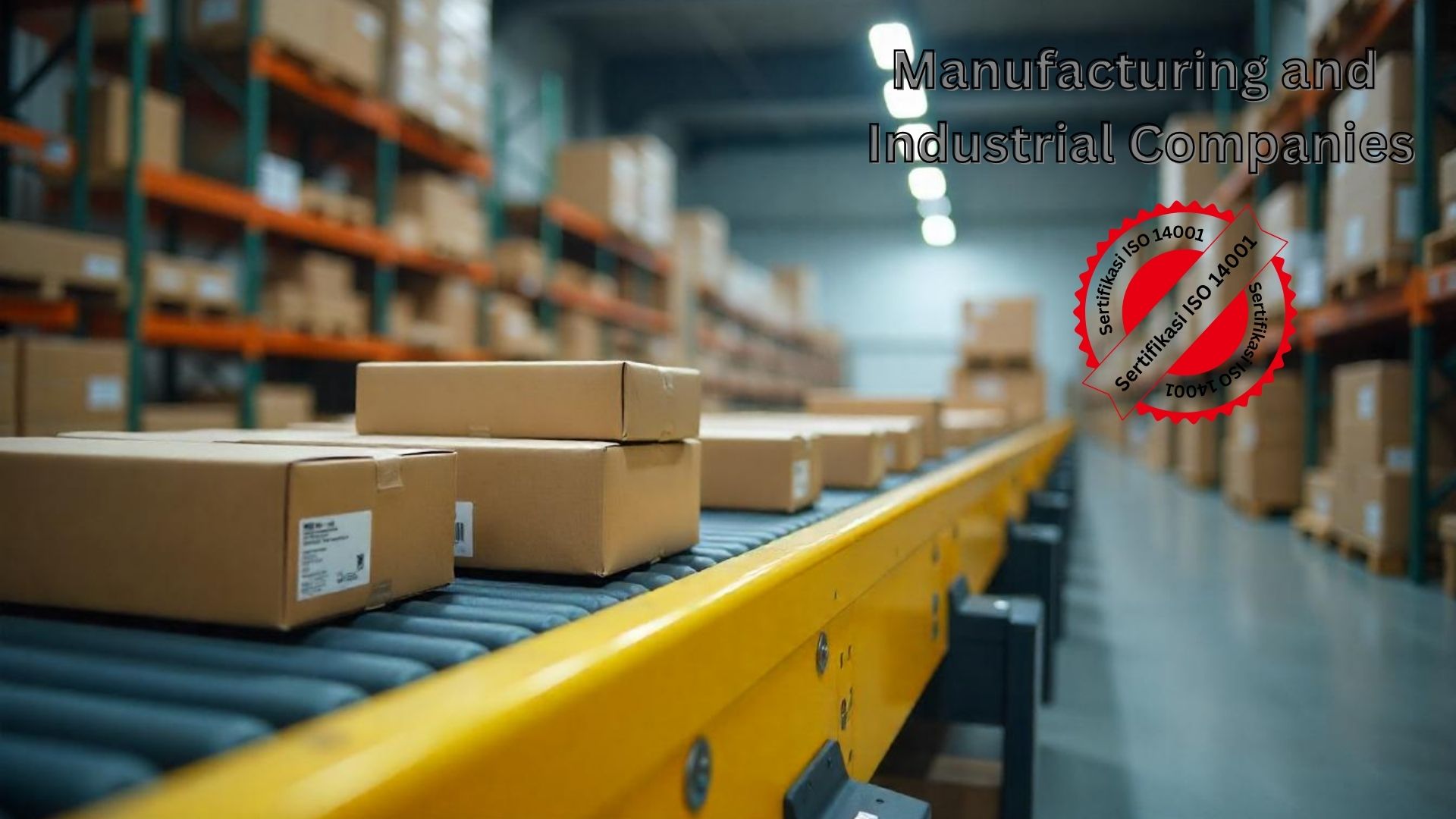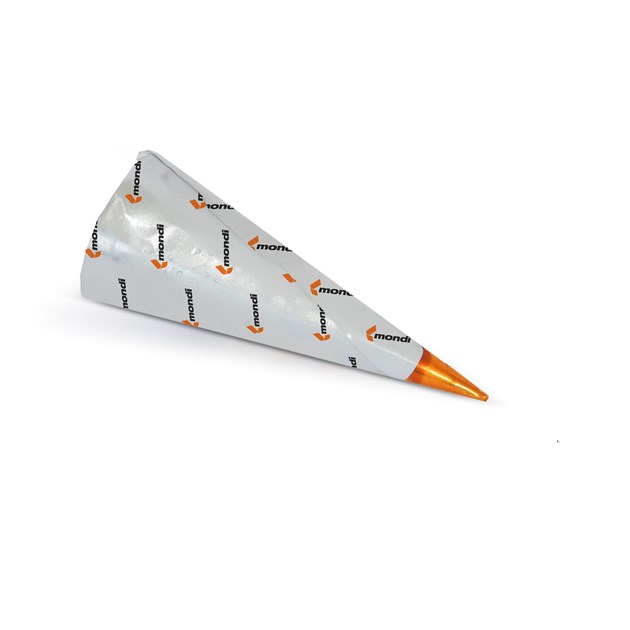Introduction
Intense workouts can push the body to its limits, but they often lead to muscle fatigue and soreness, which can hinder recovery and performance. Many athletes and fitness enthusiasts turn to acupuncture as a natural and effective solution to accelerate muscle recovery and reduce post-exercise soreness. But how exactly does acupuncture for sports performance work, and what are the science-backed benefits? Let’s dive deep into this ancient practice and its role in modern sports recovery.
Understanding Muscle Fatigue and Soreness
Muscle fatigue and soreness typically occur due to factors such as:
- Lactic Acid Buildup: Intense exercise produces lactic acid, leading to temporary muscle fatigue and discomfort.
- Microtears in Muscle Fibers: Strength training and high-impact activities create small tears in muscle tissue, causing inflammation and delayed onset muscle soreness (DOMS).
- Inflammation and Oxidative Stress: Increased oxidative stress and inflammation contribute to prolonged recovery times and muscle stiffness.
- Nervous System Overload: Overworking muscles can overstimulate the nervous system, leading to muscle tension and spasms.
Acupuncture can target these underlying causes, promoting faster recovery and improved muscle function.
How Acupuncture Works for Muscle Recovery
Acupuncture is a form of Traditional Chinese Medicine (TCM) that involves inserting thin needles into specific points on the body to stimulate healing responses. It helps in several ways:
1. Enhancing Blood Circulation
Acupuncture promotes better circulation by dilating blood vessels and increasing oxygen-rich blood flow to fatigued muscles. A study published in Evidence-Based Complementary and Alternative Medicine (2018) found that acupuncture can enhance microcirculation, which helps flush out metabolic waste like lactic acid, reducing muscle soreness.
2. Reducing Inflammation and Swelling
By stimulating the body’s anti-inflammatory response, acupuncture helps decrease swelling and inflammation caused by intense workouts. Research from The Journal of Pain (2020) indicates that acupuncture lowers pro-inflammatory cytokines, proteins that trigger inflammation, thereby accelerating recovery.
3. Releasing Endorphins and Natural Painkillers
Acupuncture stimulates the release of endorphins, serotonin, and other natural pain-relieving chemicals, helping to reduce muscle pain and tension without the need for pharmaceuticals.
Acupuncture stimulates the release of endorphins, serotonin, and other natural pain-relieving chemicals, helping to reduce muscle pain and tension without the need for pharmaceuticals.
4. Improving Muscle Relaxation and Flexibility
Muscle stiffness and knots can restrict movement and cause discomfort. Acupuncture relaxes tight muscles, improves flexibility, and helps prevent injuries by reducing muscle imbalances.
5. Balancing the Nervous System
Overtraining can overstimulate the nervous system, leading to muscle spasms and prolonged fatigue. Acupuncture regulates the autonomic nervous system, promoting relaxation and faster muscle recovery.
Scientific Evidence Supporting Acupuncture for Sports Recovery
Multiple studies support the efficacy of acupuncture in sports recovery:
- A 2017 study in The American Journal of Chinese Medicine found that acupuncture significantly reduces muscle soreness and enhances muscle strength recovery in athletes.
- A meta-analysis in The Journal of Alternative and Complementary Medicine (2019) showed that acupuncture effectively reduces DOMS and improves flexibility after strenuous exercise.
- Olympic athletes and professional sports teams, including those in the NBA and NFL, have incorporated acupuncture into their recovery protocols to optimize performance and longevity.
Best Acupuncture Techniques for Post-Workout Recovery
Several acupuncture techniques can be used to relieve muscle fatigue and soreness effectively:
1. Traditional Acupuncture (Body Acupuncture)
Involves inserting needles into key meridian points that correspond to muscle groups and energy pathways.
2. Electroacupuncture
This technique uses mild electrical currents through acupuncture needles to stimulate muscle healing and pain relief.
3. Trigger Point Acupuncture
Focuses on releasing tight knots and muscle adhesions, similar to dry needling, but with a holistic approach.
4. Auricular Acupuncture (Ear Acupuncture)
Targets nerve-rich points in the ear to promote whole-body relaxation and recovery.
5. Cupping Therapy with Acupuncture
Often combined with acupuncture, cupping therapy helps increase blood flow, reduce stiffness, and relieve deep-seated muscle tension.
Acupuncture vs. Other Muscle Recovery Methods
| Recovery Method | Benefits | Limitations |
| Acupuncture | Natural pain relief, reduces inflammation, enhances circulation | Requires trained practitioner, may involve multiple sessions |
| Massage Therapy | Eases muscle tension, improves blood flow | Can be costly, effectiveness varies |
| Cold Therapy (Ice Baths) | Reduces swelling, numbs pain | May slow muscle adaptation |
| Foam Rolling | Improves flexibility, breaks up knots | Can be painful, may not target deep tissue effectively |
| NSAIDs (Painkillers) | Fast pain relief | Potential side effects, only masks symptoms |
Acupuncture stands out as a holistic, non-invasive, and effective recovery tool with minimal side effects.
Who Can Benefit from Acupuncture for Muscle Recovery?
- Athletes and Runners: Enhances endurance, speeds up recovery.
- Weightlifters and Bodybuilders: Reduces muscle stiffness, prevents overuse injuries.
- Fitness Enthusiasts: Helps maintain flexibility and prevent DOMS.
- Older Adults: Aids in muscle relaxation and pain relief after exercise.
- Individuals with Chronic Pain Conditions: Provides relief from conditions like fibromyalgia and arthritis.
How to Integrate Acupuncture into Your Workout Routine
- Pre-Workout Sessions: Improve circulation and flexibility.
- Post-Workout Sessions: Reduce soreness, promote recovery.
- Regular Maintenance: Weekly or bi-weekly sessions can enhance long-term athletic performance.
Conclusion
Acupuncture is a powerful and natural way to combat muscle fatigue, soreness, and stiffness after intense workouts. By promoting circulation, reducing inflammation, and triggering the body’s natural painkillers, acupuncture for sports performance is becoming a go-to recovery method for athletes and active individuals. If you’re looking for a holistic and science-backed approach to recovery, acupuncture may be the missing piece in your fitness regimen. Have you ever considered acupuncture for post-workout recovery?












